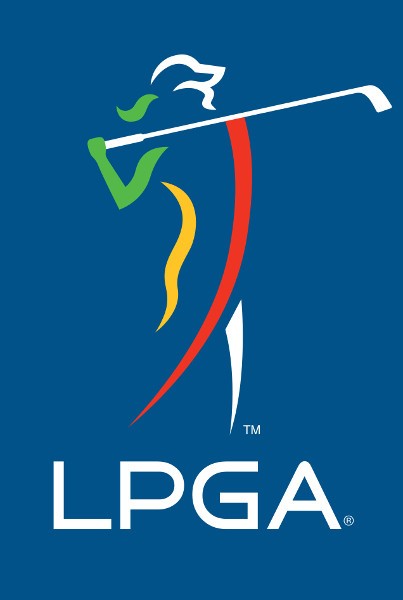
Major Confusion: The LPGA’s Tangled Web
One easy thing about men’s golf is our familiar ease with the major championships – we have the Masters in April, the U.S. Open in June, the British Open in July and the PGA in August (except this year when it will be held in July as a concession to the Olympic Games). The same thing goes for men’s and women’s tennis. Their four grand slams are the Australian Open, the French Open, Wimbledon and the U.S. Open.
Here’s a quick pop quiz: Name the women’s major golf championships off the top of your head? All of us likely named the U.S. Women’s Open and maybe the KMPG Women’s PGA Championship. These are the two oldest majors. The U.S. Open began in 1950 and the PGA Championship began in 1955 (originally as the LPGA Championship until its name change a few years ago).
Some of you may not know that there are actually five women’s majors – you read that right, the women have five major championships each and every year. Those majors are the U.S. Women’s Open, the KPMG Women’s PGA Championship, the RICOH British Women’s Open, the ANA Inspiration (formerly the Kraft-Nabisco Championship, the first women’s major of the season and held every year on the same course – Mission Hills Country Club in Rancho Mirage, California) and the Evian Championship.
Before the women’s British Open became an official major in 2001, the du Maurier Classic was a women’s major. It was contested between 1979 and 2000. The du Maurier was a reference to du Maurier cigarettes, but Canadian tobacco advertising restrictions forced a name change. The tournament was taken over by the Bank of Montreal in 2001 and is now called the BMO Canadian Women’s Open. It is still a stop on the LPGA Tour but was replaced as a major in 2001.
As you might imagine, the decision to add a fifth major was not without controversy. The LPGA made it more difficult to win the career grand slam and also, it could be argued, diluted the status of LPGA players who captured a career slam in the four-majors era who never had a chance to compete for the newest addition, the Evian Championship, which became a major in 2013.
It’s worth noting that the LPGA began with three majors and for a while only competed for two major championships before adding a third, a fourth and now a fifth major. The LPGA is sensitive to the criticism it received and includes a lengthy section on the “Grand Slam” on their website.
In the LPGA’s own words, “The LPGA did not add a fifth major championship to change history, alter discussion or make the accomplishment of a grand slam more difficult. We added a fifth major to create an incremental opportunity for the women’s game. For players (active or retired) who have won four different majors in their careers, the LPGA has and will continue to acknowledge them as having a Career Grand Slam. And for players (active or retired) who have won five different majors available in their careers, the LPGA has and will continue to acknowledge them as having accomplished a Super Career Grand Slam.”
When you look at the names of the women’s majors, outside of the U.S. Women’s Open, they all have a corporate sponsor in their title. This is the economic reality of women’s golf, where sponsors hold more leverage over the women’s game than they do on the PGA Tour.
Women’s golf is in good hands right now. We have a lot of exciting young players, including a great crop of American players. Hopefully, the LPGA can keep these sponsors and some consistency to help build the kind of traditions major championships deserve.





